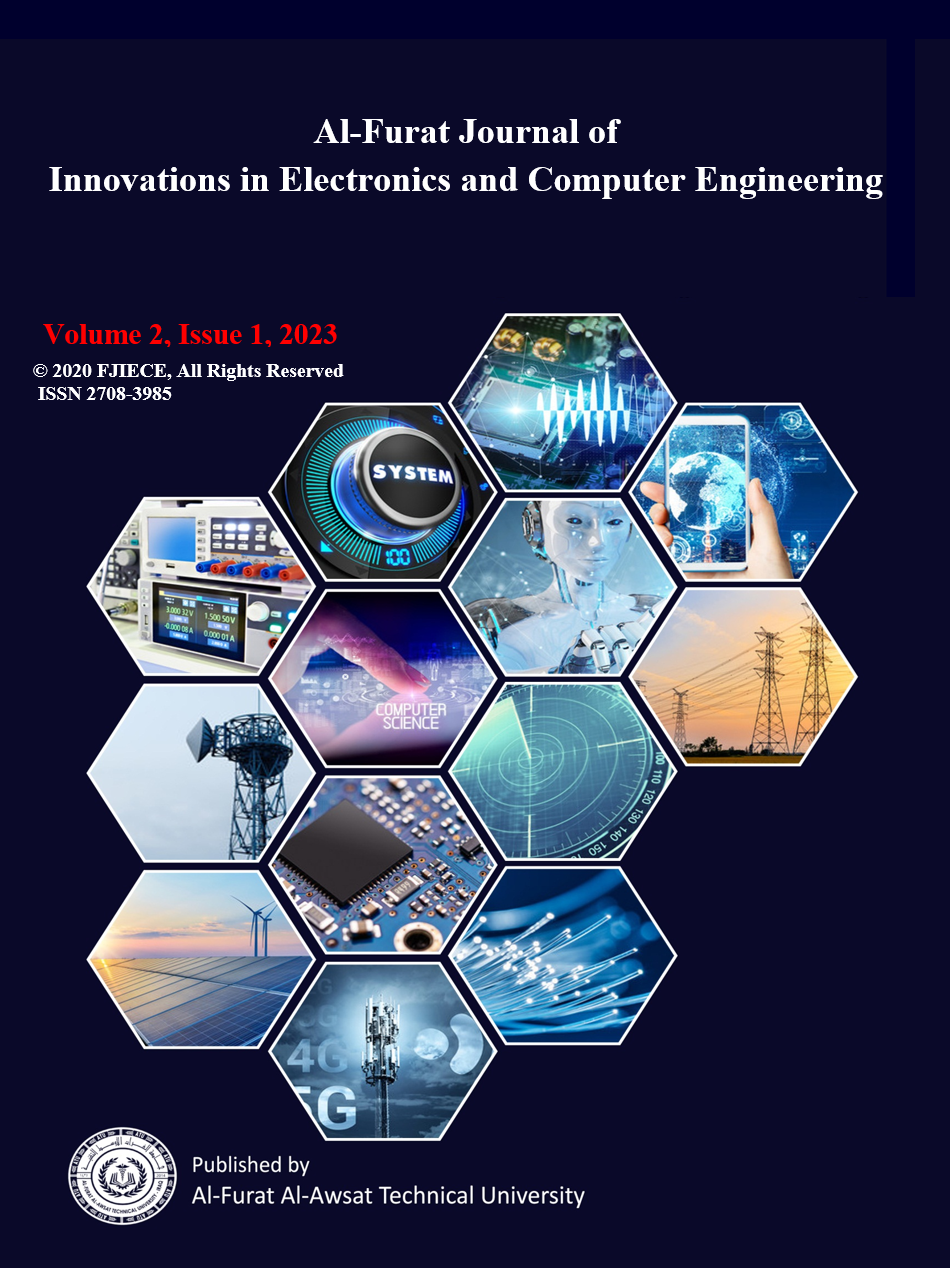Performance Analysis of Underwater Optical Wireless Communication Systems Based on CD-Optical OFDM and Various Subcarriers Indexes
Keywords:
Underwater Optical Wireless Communications (UOWC), Differential phase shift keying (DPSK), Coherent Detection (CD), Orthogonal Frequency Division Multiplexing OFDM, optisystemTM tool.Abstract
The speedy growing of communication technology and visual services, larger capacity and higher-speed transmissions are required in contemporary underwater applications, which produce the present aquatic systems finally flop to meets requirements. A recently emerging technique in the scope of wireless communication is underwater optical wireless communications (UOWC). Due to using an optical signal, we can achieve a high data rate (approximately Gbps) over medium communication link ranges because of the harsh environment in the underwater channel where optical signals are faced many difficulties in transmission such as absorption and scattering. So, the main problem in the UOWC system performance is the short link range. In this paper, a DPSK with Coherent Detection CD-Optical OFDM with a various number of OFDM subcarriers has been designed and simulated under high turbulence water. Concerning their bit error data rate (BER) achievements, the comparing bit error rate impose is corresponding to 10-5 . The simulation results show the achieved communication distances by the suggested system for deferent OFDM subcarriers indexes (128, 256, 512 and 1024) are 3.9m, 4.8m, 5m, and 5.9m respectively. It is clear when we increase the number of OFDM subcarriers the link rage will be increased linearly due to the combating of the inter-symbol interference (ISI) effect. The design and simulation have been accomplished using the optisystemTM tool.





